Total Asset Turnover: What Does it Say About Your Company?
Content
- 4 Using Return on Investment (ROI) to Evaluate Performance
- Fixed Asset Turnover Calculation
- How Does Return on Equity Relate to Return on Sales and Return on Assets?
- What Financial Management Problem Could a Quick Ratio Identify?
- Return on Investment Ratio Analysis
- Where To Find & Compare Asset Turnover Ratios
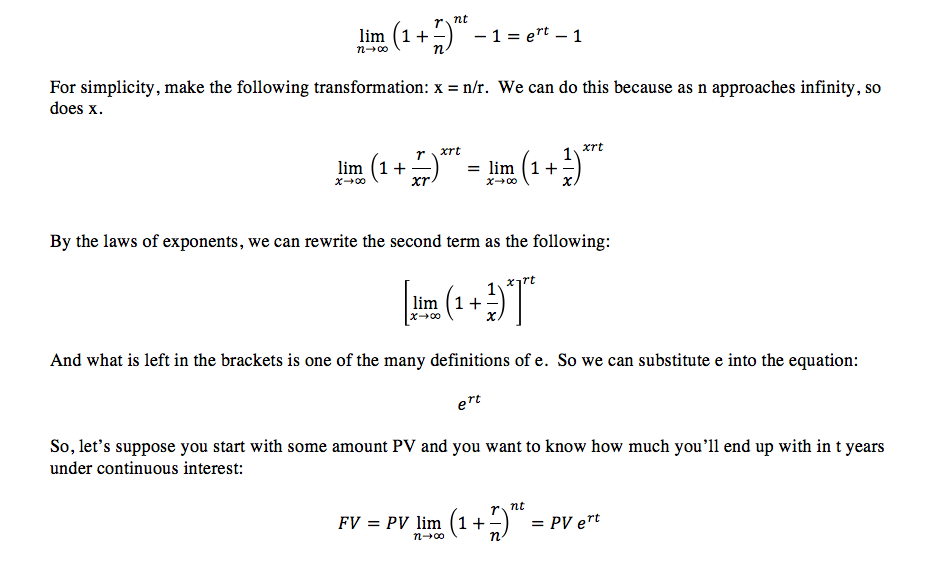
The asset turnover ratio is an efficiency ratio that measures a company’s ability to generate sales from its assets by comparing net sales with average total assets. In other words, this ratio shows how efficiently a company can use its assets to generate sales. The company’s assets are listed in the order of their liquidity or the ease with which they can be converted to cash. The first three assets on the balance sheet are a company’s current assets since the assumption is that they will be liquidated within one year. The only other number you need to calculate the asset turnover ratios is Sales and it can be taken from the income statement. Asset turnover measures how quickly a company’s assets pay for itself in terms of the money they bring in as a proportion of the whole.
What is total asset turnover used to evaluate multiple choice?
Answer and Explanation: The total asset turnover is used to evaluate the efficiency of management's use of assets to generate sales.
The asset turnover ratio is an important measure of a company’s performance because it indicates how well the company is using its assets to generate sales. Asset turnover is important because it measures a company’s ability to generate sales from its assets. A high asset turnover ratio means that a company is using its assets efficiently to generate sales. This is important because it means that the company is generating more sales from its assets than its competitors, and is therefore more efficient.
4 Using Return on Investment (ROI) to Evaluate Performance
Hence, investors should review the trend in the asset turnover ratio over time to evaluate whether the company’s use of assets is improving or deteriorating. We have discussed how you would be able to calculate the asset turnover ratio and would also be able to compare among multiple ratios in the same industry. For example, let’s say the company belongs to a retail industry where its total assets are kept low. Many companies choose to use Porte Brown, top accounting firm in Chicago, as their asset turnover company and for good reason. When you choose us, you will grasp the efficiency of your business without having to sacrifice your time.
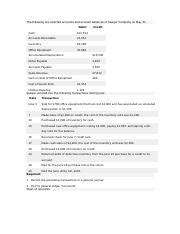
Typically, the asset turnover ratio is calculated on an annual basis. The higher the asset turnover ratio, the better the company is performing, since higher ratios imply that the company is generating more revenue per dollar of assets. The higher the asset turnover ratio, the more efficient a company is at generating revenue from its assets. Conversely, if a company has a low asset turnover ratio, it indicates it is not efficiently using its assets to generate sales.
Fixed Asset Turnover Calculation
For instance, it should be noted that historical data isn’t necessarily the best guide when it comes to making predictions. Furthermore, some businesses have few assets, and others have many. Because of this, it is understandable if these ratios appear overused. There is a wide range of asset turnover ratio benchmarks across different industries.
As earlier said, the asset turnover ratio varies so much between companies in different industries or sectors. Hence, there’s no universally defined figure that is considered a ‘good’ asset turnover ratio. There are more refined versions of this ratio that will allow you to measure a company’s sales against only its fixed assets, or the amount of its working capital. The computation of total assets turnover does not exclude those assets that are not employed in the production process and in the period within which the turnover was generated. This therefore means the ratio could be providing an inaccurate result since the idle the idle assets were in exhaustively used.
How Does Return on Equity Relate to Return on Sales and Return on Assets?
Generally speaking, a higher ratio is a more desirable outcome for most businesses. Cam Merritt is a writer and editor specializing in business, personal finance and home design. Hearst Newspapers participates in various affiliate marketing programs, which means we may get paid commissions on editorially chosen products purchased through our links to retailer sites. First, as we have been given Gross Sales, we need to calculate the Net Sales for both companies. Gain in-demand industry knowledge and hands-on practice that will help you stand out from the competition and become a world-class financial analyst.
- The average amount of assets listed on a company’s balance sheet at the end of the current year and the year prior is what is meant by the term “average total assets.”
- This ratio can be used as an indicator of a company’s efficiency in using its assets to generate revenue.
- Consider a company, Company A, with a gross revenue of $20 billion at the end of its fiscal year.
- Using average assets gives a better estimate of how effective they are at producing revenue.
- The fixed assets turnover ratio evaluates how well a company uses its investment in plant and equipment to generate sales.
- Investors should review the trend in the asset turnover ratio over time to determine whether asset usage is improving or deteriorating.
- Therefore, the asset turnover ratio calculation is done by dividing a company’s net sales by its average total assets.
On the other side, selling assets to prepare for declining growth will result in an artificial inflation of the ratio. Artificial deflation can be caused by a company buying large amounts of assets, such as new technologies, in anticipation of growth. Calculate and interpret return on investment to evaluate performance.
What Financial Management Problem Could a Quick Ratio Identify?
This ratio helps to make reasonable comparisons with companies of similar sectors and measure productivity. Comparison with retail or unrelated sectors will lead to wrong results. The ratio value is higher in retail businesses as they have a lower asset base and a larger total asset turnover is used to evaluate sales record. Having that they have fewer assets, there is less maintenance to worry about and less labor to employ. After adding the beginning value to the ending value, divide the sum by two to reveal the average asset value, or total assets, for the year.
- Is used to show the amount of cost expiration of intangibles is used to show the amount of cost expiration of natural resources is the same as depreciation expense is a contra asset account.
- The higher the asset turnover ratio, the more efficient a company is at generating revenue from its assets.
- Older plant assets can signal needed asset replacement; they may also signal less efficient assets.
- However, this affects the company in the sense that it then has fewer resources to generate sales in the future.
- There are more refined versions of this ratio that will allow you to measure a company’s sales against only its fixed assets, or the amount of its working capital.
Also, changing depreciation methods for fixed assets can have a similar effect on the asset turnover ratio because it will change the accounting value of the firm’s assets. Sometimes investors also want to see how companies use more specific assets like fixed assets and current assets. The fixed asset turnover ratio and the working capital ratio are turnover ratios similar to the asset turnover ratio that are often used to calculate the efficiency of theseassetclasses. The asset turnover ratio is a financial metric that measures the efficiency of a company’s use of its assets in generating revenue. It is calculated by dividing a company’s net sales by its total assets.


























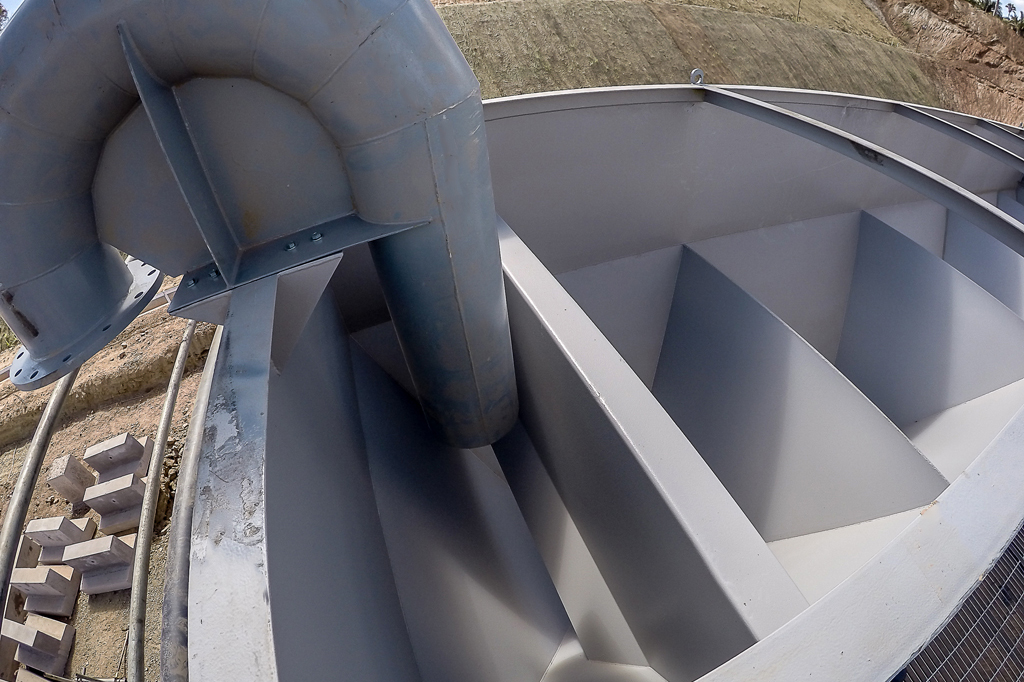



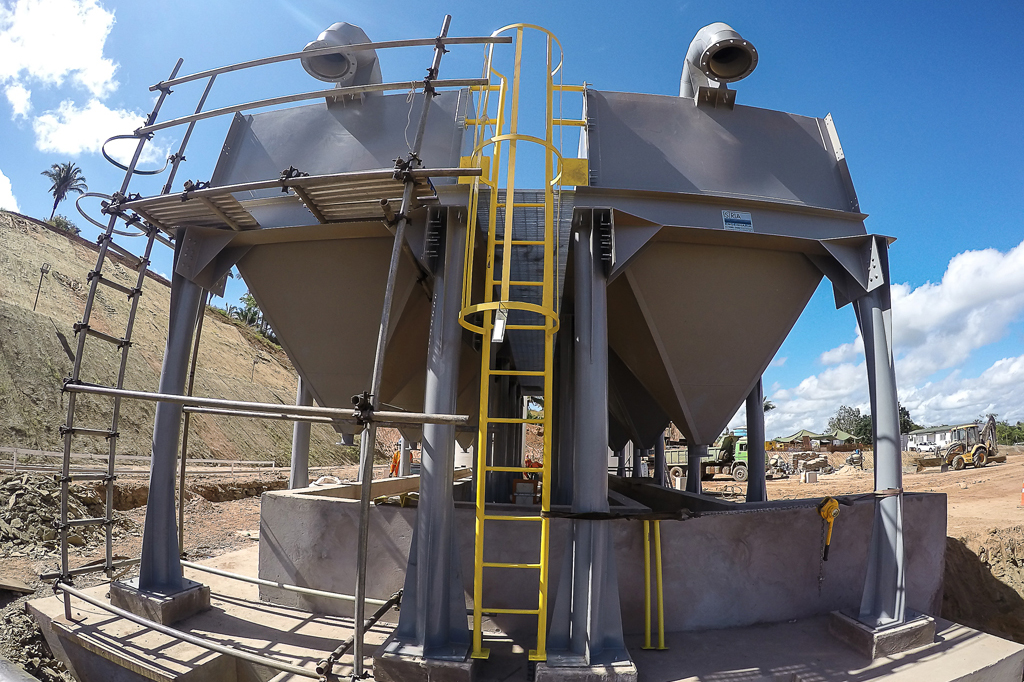

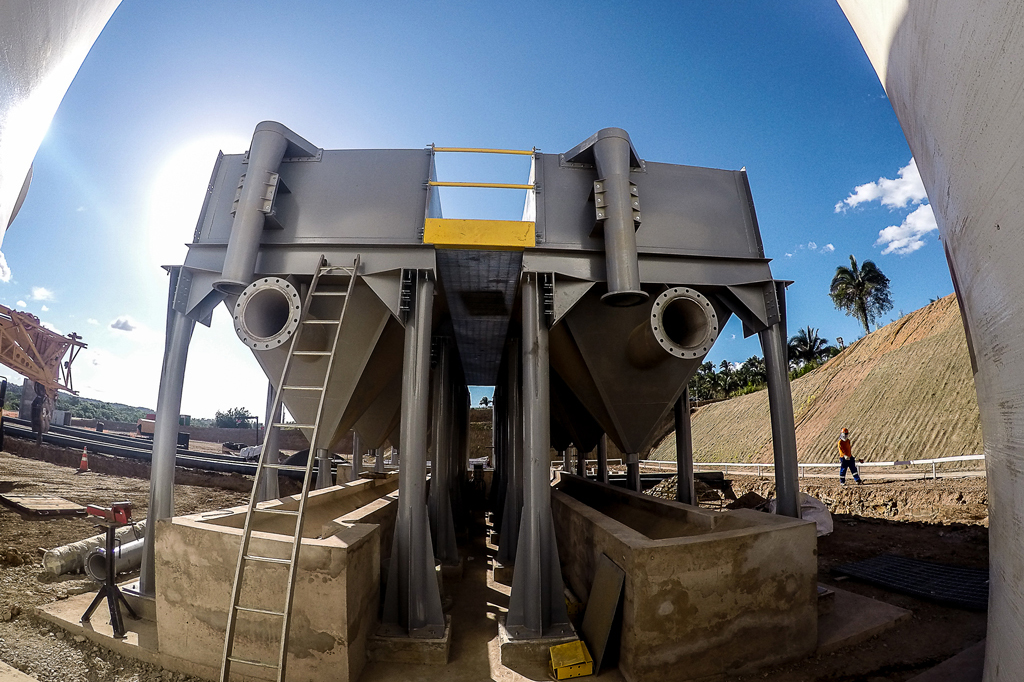

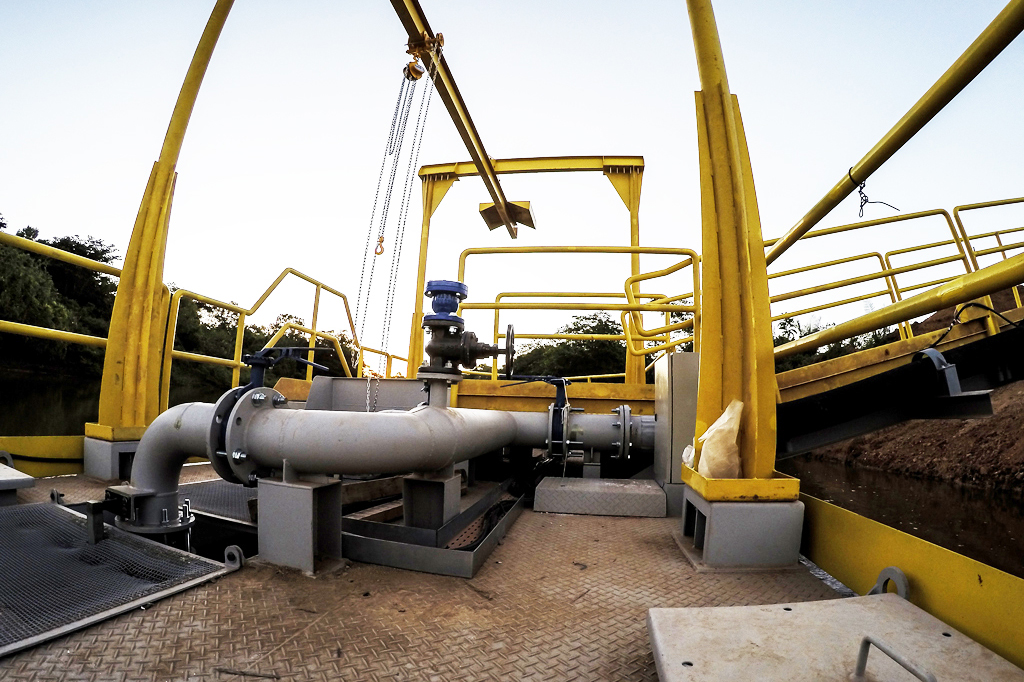















Sobre o Autor